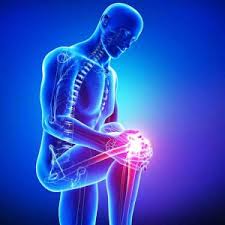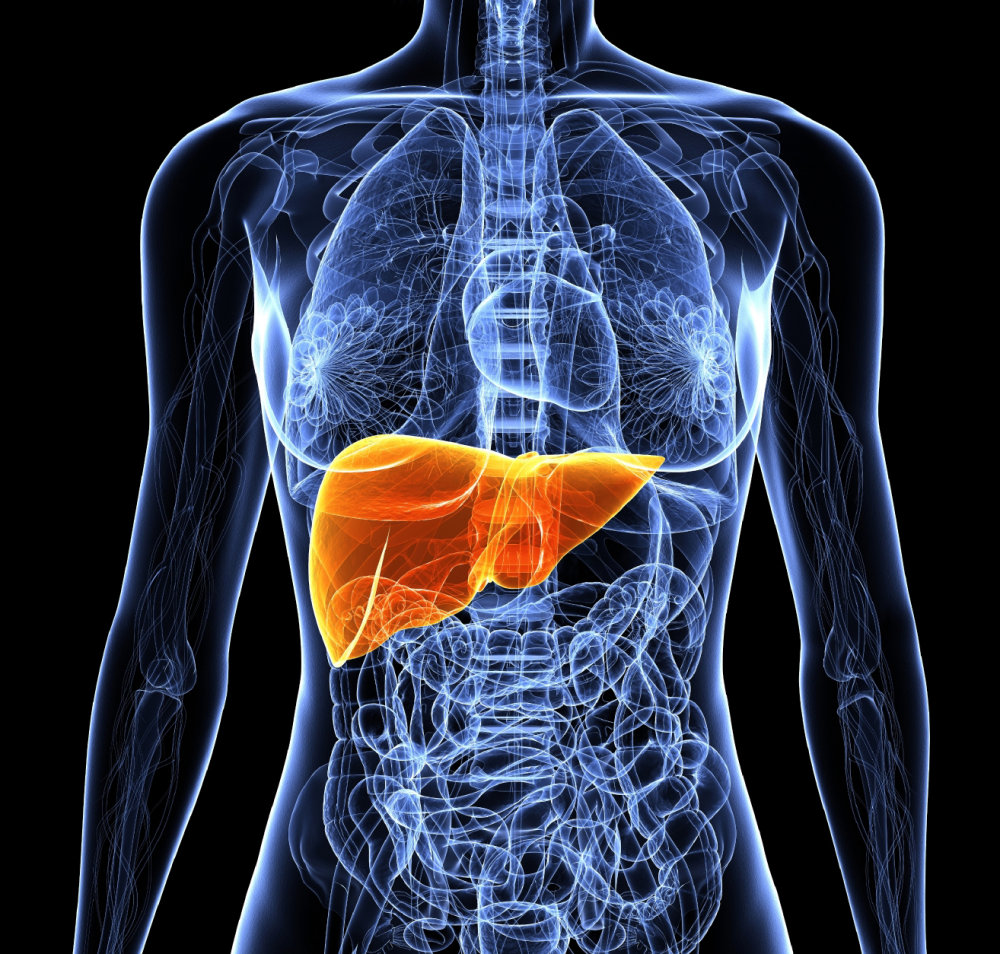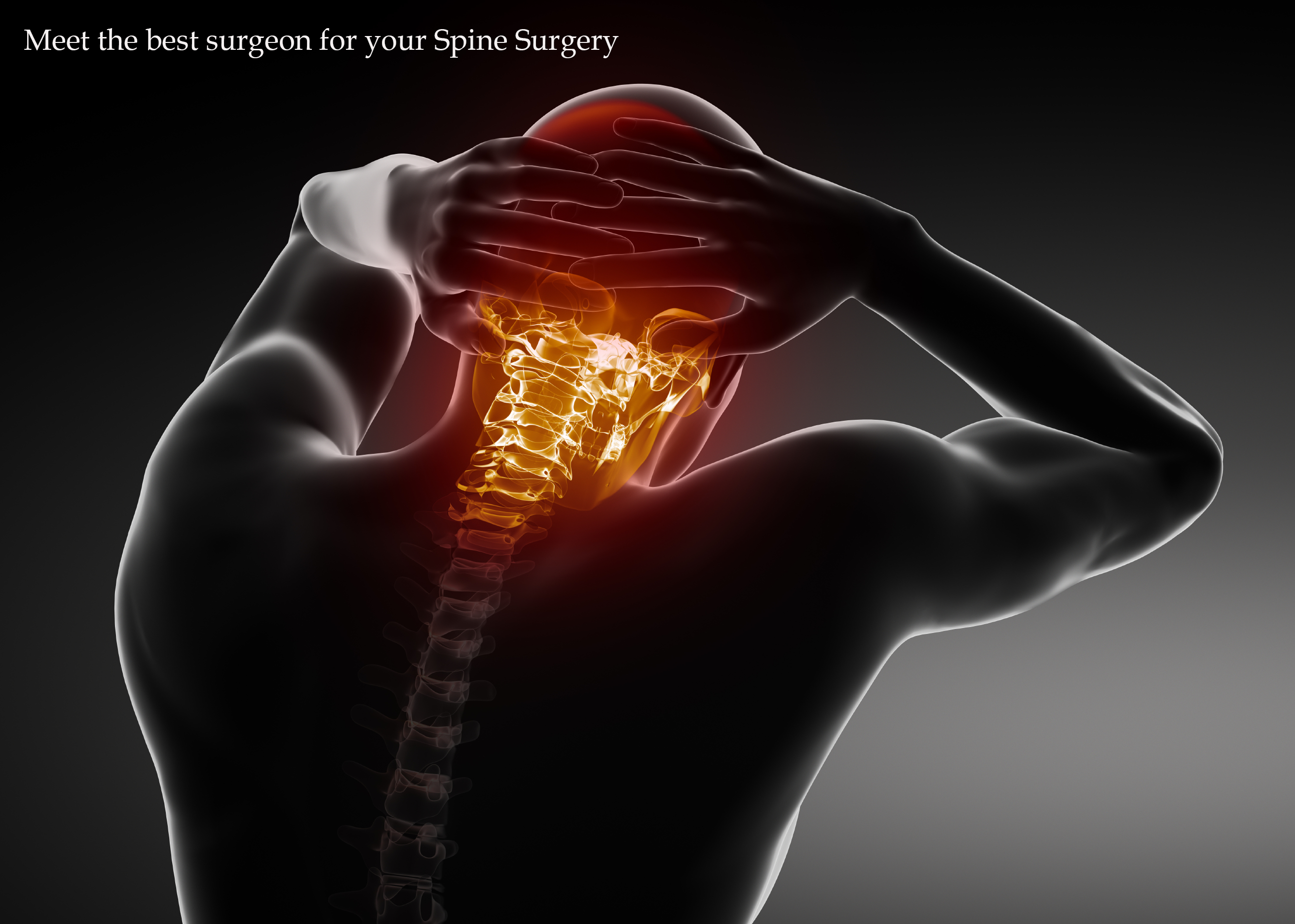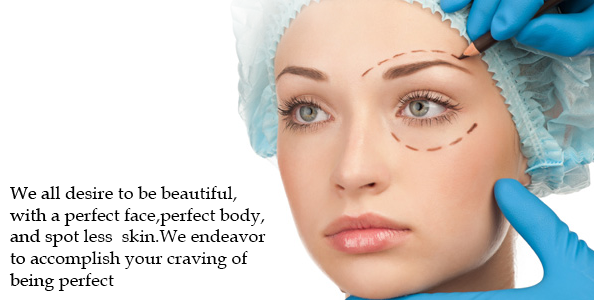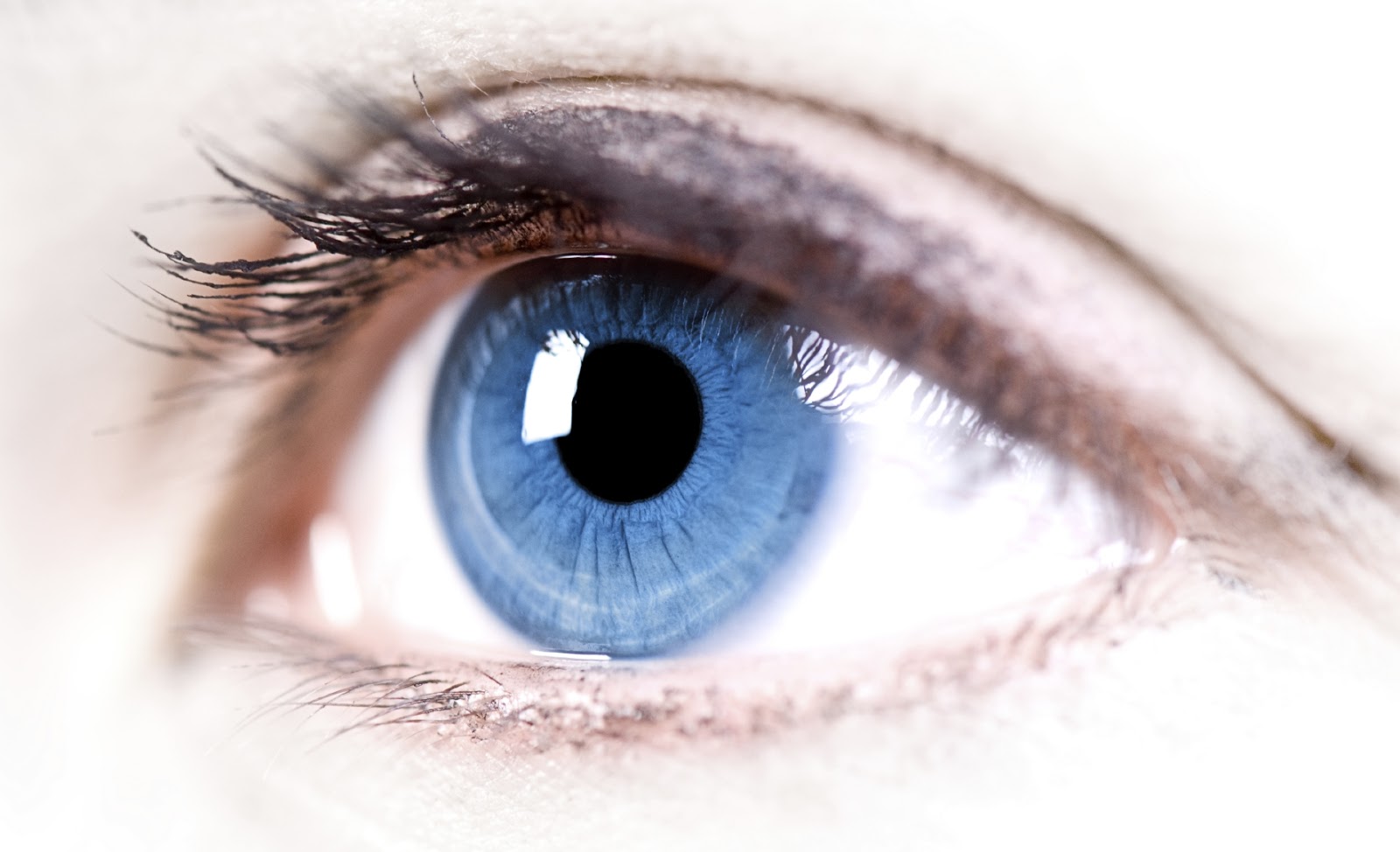Acne, medically known as Acne Vulgaris, is a skin disease that involves the oil glands at the base of hair follicles. It commonly occurs during puberty when the sebaceous (oil) glands come to life – the glands are stimulated by male hormones produced by the adrenal glands of both males and females.
Acne is not dangerous, but can leave skin scars. Human skin has pores (tiny holes) which connect to oil glands located under the skin. The glands are connected to the pores via follicles – small canals. These glands produce Sebum, an oily liquid. The sebum carries dead skin cells through the follicles to the surface of the skin. A small hair grows through the follicle out of the skin. Pimples grow when these follicles get blocked, resulting in an accumulation of oil under the skin.
Causes of acne
Nobody is completely sure what causes acne. Experts believe the primary cause is a rise in androgen levels – androgen is a type of hormone. Androgen levels rise when a human becomes an adolescent. Rising androgen levels make the oil glands under your skin grow; the enlarged gland produces more oil. Excessive sebum can break down cellular walls in your pores, causing bacteria to grow.
Some studies indicate that a susceptibility to acne could also be genetic. Some medications that contain androgen and lithium may cause acne. Greasy cosmetics may cause acne in some susceptible people. Hormone changes during pregnancy may cause acne either to develop for the first time, or to recur.
The types of acne pimples

Human skin has pores (tiny holes) which connect to oil glands located under the skin. The glands are connected to the pores via follicles – small canals. These glands produce Sebum, an oily liquid. The sebum carries dead skin cells through the follicles to the surface of the skin.
- Whiteheads – remain under the skin and are very small
- Blackheads – clearly visible, they are black and appear on the surface of the skin. Remember that a blackhead is not caused by dirt. Scrubbing your face vigorously when you see blackheads will not help
- Papules – visible on the surface of the skin. They are small bumps, usually pink
- Pustules – clearly visible on the surface of the skin. They are red at their base and have pus at the top
- Nobules – clearly visible on the surface of the skin. They are large, solid pimples. They are painful and are embedded deep in the skin
- Cysts – clearly visible on the surface of the skin. They are painful, and are filled with pus. Cysts can easily cause scars
How common is acne?
Dermatologists (skin specialists) say that approximately three-quarters of 11 to 30 year-olds will get acne at some time. Acne can affect people of all races and all ages. It most commonly affects adolescents and young adults, although there are people in their fifties who still get acne. According to Brown University, USA, approximately 17 million Americans are estimated to have acne at any one time.
Although acne affects both men and women, young men suffer from acne for longer – probably because testosterone, which is present in higher quantities in young men, can make acne worse.
Treating mild acne :
The majority of people who get acne will develop mild acne. This can usually be treated with OTC (over-the-counter) medications. OTC medications can be bought at a pharmacy without a doctor’s prescription. They are usually applied to the skin – topical medicines.
Most acne OTC products may contain the following active ingredients:
- ResorcinolResorcinol helps break down blackheads and whiteheads. It is a crystalline phenol and comes from various resins. Resorcinol is also used for treating dandruff, eczema and psoriasis.
- Benzoyl PeroxideBenzoyl Peroxide kills bacteria and slows down your glands’ production of oil. Benzoyl peroxide is a white crystalline peroxide used in bleaching (flour or oils or fats) and as a catalyst for free radical reactions. It works as a peeling agent, accelerating skin turnover and clearing pores, which in turn reduces the bacterial count in the affected area.
- Salicylic AcidSalicylic Acid helps break down blackheads and whiteheads, also reduces shedding of cells which line the follicles of the oil glands, effective in treating inflammation and swelling. Salicylic acid is a white crystalline substance which is also used as a fungicide, or in making aspirin or dyes or perfumes. It causes the epidermis to shed skin more easily, prevents pores from becoming blocked while at the same time allowing room for new cells to grow. It is commonly added to shampoos used for treating dandruff.
- SulfurSulfur helps break down blackheads and whiteheads. Sulfur, in its native form, is a yellow crystalline solid. Sulfur has been used for centuries for treating acne, psoriasis and eczema. Scientists are not sure how sulfur works to help skin diseases. We do know that elemental sulfur does oxidize slowly to sulfurous acid, which is a mild reducing and antibacterial agent.
- Retin-ARetin-A helps unplug blocked pores. Retin-A contains Tretinoin, an acid from of vitamin A, also known as all-trans retinoic acid (ATRA). Tretinoin is also used for the treatment of acute promyelocytic leukemia. Retin-A has been used widely to combat aging of the skin, and it also acts as a chemical peel.
- Azelaic AcidAzelaic Acid strengthens cells that line the follicles, stops oil eruptions, reduces bacteria growth. It is a saturated dicarboxylic acid found naturally in wheat, rye, and barley. Azelaic acid also mops up free radicals, which reduces inflammation. It is useful for patients with darker skin who have dark patches on their face (melasma), or whose acne spots leave persistent brown marks.


